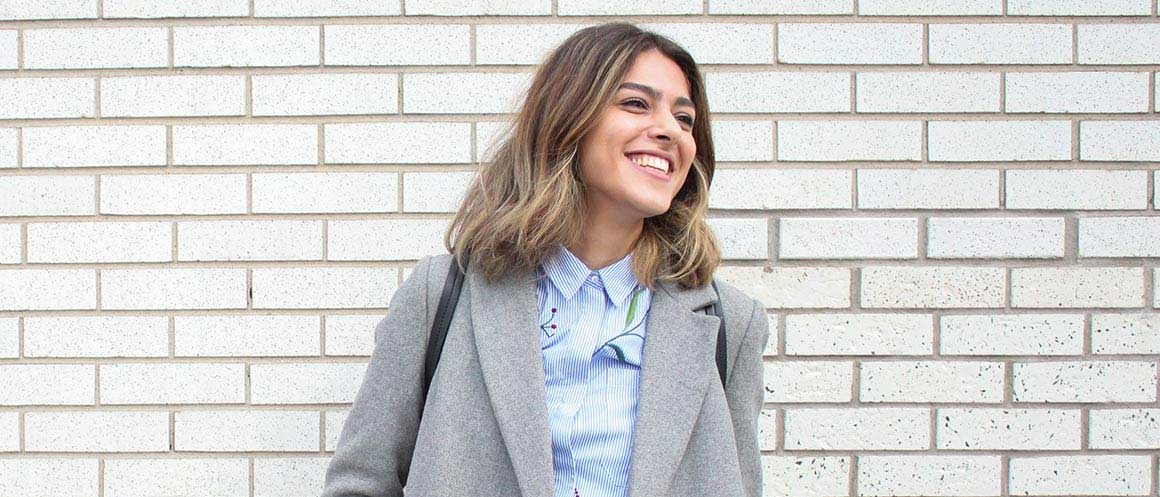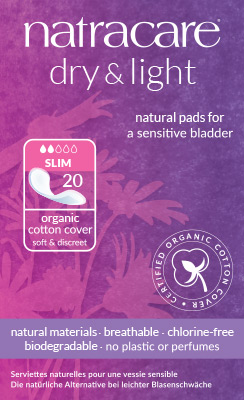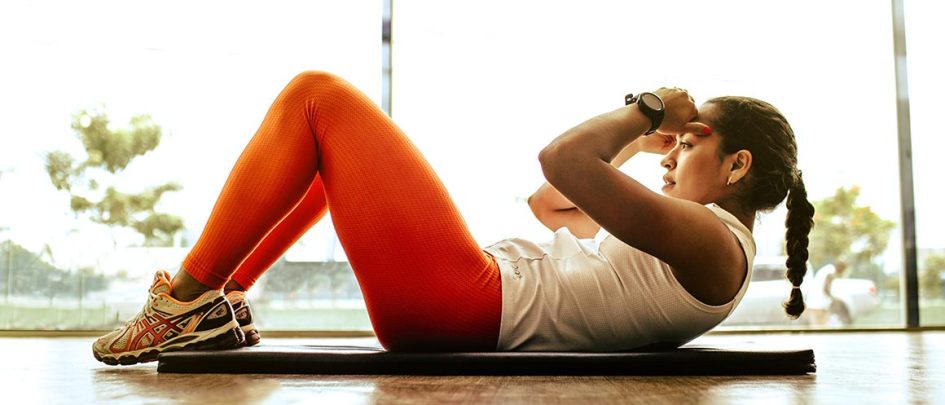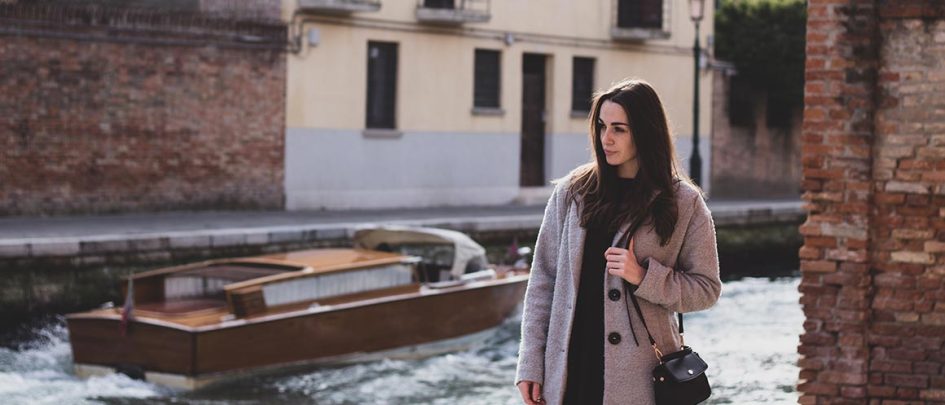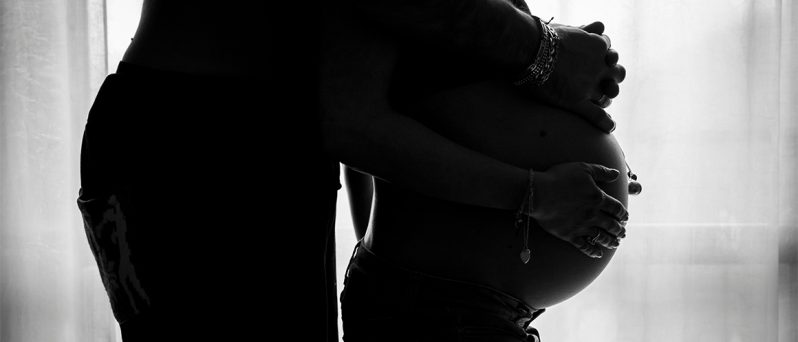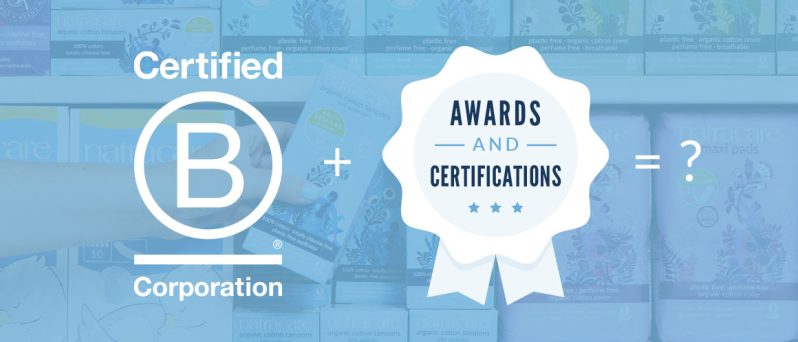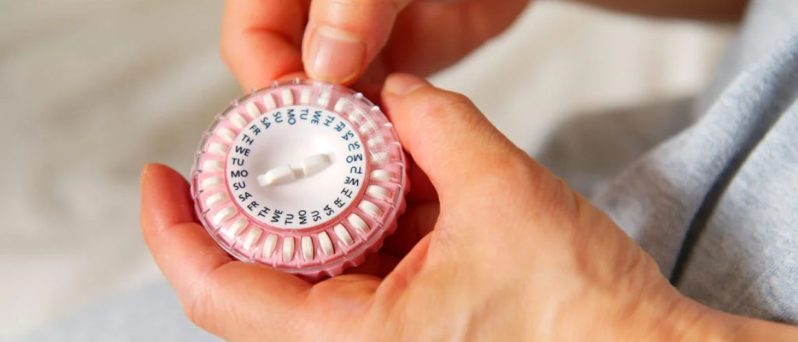Aren’t you tired of “Oops I sneezed” advertisements telling you that you should be ashamed of your stress incontinence? We are. One in three of all 20-85 year olds suffers from some sort of bladder weakness. Yes, that’s right – one in three. That’s around 6 million people in the UK alone. Yet we are still making a big effort to keep the issue on the down low, despite how glaringly prevalent it is. So what is it and why do we need to start talking about it?
Contrary to the belief it is a domain which affects only the elderly, urinary incontinence is experienced by people of all ages. There are a plethora of factors which affect continence, which yes – does partially include aging. Our pelvic floors can be weakened by diet, medication, and weight, with the largest causes of light incontinence for young women being childbirth.
Stress incontinence – when leaks happen when there is pressure on the bladder – is very common. Small urinal leaks can be caused by laughing, coughing, sneezing, lifting heavy things and other forms of physical stress. And these things happen, really regularly. So we need to change embarrassment to “that’s how my body functions.”
Communication is key – by exchanging experiences we destigmatise the issue and can exchange advice! Many tricks to beat incontinence are unexpected and easier than you would think. One easy measure for example is cutting down caffeine intake – meaning less or no coffee, tea (including green tea!), chocolate, or energy drinks. Keeping quiet about a problem results in gaps in education, with many people not really knowing much about the bladder and its abilities.
Because of prevailing stigma, people can often be ashamed to talk about their problems with incontinence products when they should be able to complain loud and clear! Most conventional incontinence products contain up to 90% plastic, bringing discomfort and irritations to many users. Many sufferers of bladder weakness need to wear incontinence pads on a daily basis, suffering in silence because their intimate skin doesn’t get to breathe through the layers and layers of plastic and gets irritated by unnecessary amounts of superabsorbents.
And you know who else suffers in silence from all the chemicals and plastics in incontinence products? Our planet. Imagine the amounts of plastic that fills landfills coming from pads that have to be worn daily. It is a massive issue that no one talks about.
We aim to solve these problems with our Dry & Light Incontinence pads. They are completely plastic free, made from organic and natural materials, and they are 95% biodegradable. The top sheet is made from organic cotton to sit next to sensitive skin everyday. They are the first natural alternative to conventional incontinence products, they are recommended by gynaecologists and dermatologists.
Natracare Dry & Light pads are suitable for light bladder weakness and stress incontinence. Available in the following absorbencies:
- Dry & Light Slim incontinence pad (100ml)
- Dry & Light Plus incontinence pad (170ml)
